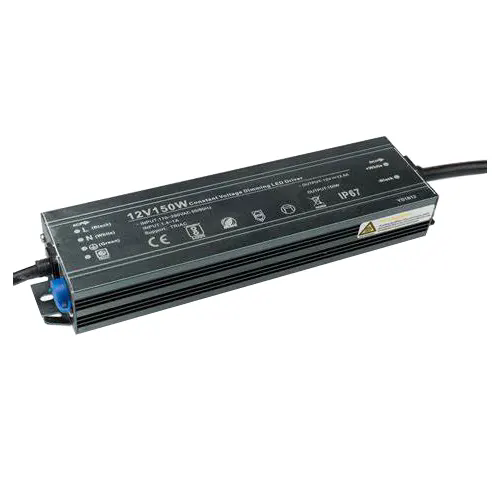Components of Energy Electrical Systems
2024-06-05
Energy electrical systems encompass a broad range of systems that generate, distribute, and utilize electrical energy. These systems play a crucial role in powering various industries, buildings, transportation, and infrastructure. Here's an overview of energy electrical systems, including their components, types, applications, and key considerations:
Components of Energy Electrical Systems
1. Generation:
- Power Plants: Facilities that convert various energy sources (such as fossil fuels, nuclear, hydro, solar, wind) into electrical energy.
- Renewable Energy Systems: Solar panels, wind turbines, hydroelectric generators, and other systems that harness renewable energy sources to generate electricity.
2. Transmission:
- High-Voltage Lines: Transport electricity over long distances from power plants to substations.
- Substations: Facilities that step down voltage levels for distribution to local areas.
3. Distribution:
- Distribution Lines: Carry electricity from substations to residential, commercial, and industrial consumers.
- Transformers: Step down voltage levels for safe usage in buildings and equipment.
4. Utilization:
- Electric Motors: Power machinery and equipment in industrial settings.
- Lighting Systems: Illuminate homes, offices, streets, and other areas.
- Appliances and Devices: Use electricity for various purposes, such as heating, cooling, and communication.
Types of Energy Electrical Systems
1. Grid-Connected Systems:
- Utility Grid: Interconnected network of power generation, transmission, and distribution systems.
- On-Grid Solar Systems: Solar power systems connected to the utility grid, allowing for energy exchange between the system and the grid.
2. Off-Grid Systems:
- Stand-Alone Systems: Independent energy systems that operate without connection to the utility grid.
- Off-Grid Solar Systems: Solar power systems that store excess energy in batteries for use when solar generation is insufficient.
3. Microgrids:
- Localized Grids: Small-scale electrical systems that can operate independently or in conjunction with the main grid.
- Renewable Energy Microgrids: Incorporate renewable energy sources to power specific communities or facilities.
Applications of Energy Electrical Systems
1. Residential:
- Homes: Provide electricity for lighting, heating, cooling, appliances, and electronics.
- Solar Rooftop Systems: Generate renewable energy for residential use, reducing reliance on the grid.
2. Commercial and Industrial:
- Offices and Buildings: Power lighting, HVAC systems, computers, and other equipment.
- Manufacturing Plants: Operate machinery, production lines, and industrial processes.
3. Transportation:
- Electric Vehicles (EVs): Use electricity for propulsion, reducing reliance on fossil fuels.
- Charging Infrastructure: Support the charging of EVs in public spaces, workplaces, and homes.
4. Infrastructure:
- Street Lighting: Illuminate roads, highways, and public spaces.
- Telecommunications: Power communication networks and equipment.
Key Considerations for Energy Electrical Systems
1. Reliability: Ensure continuous and reliable power supply to meet the demands of consumers.
2. Efficiency: Optimize energy conversion, transmission, and utilization processes to minimize losses and maximize efficiency.
3. Safety: Implement measures to protect against electrical hazards and ensure the safety of personnel and equipment.
4. Environmental Impact: Promote the use of renewable energy sources and energy-efficient technologies to reduce carbon emissions and environmental footprint.
5. Regulatory Compliance: Adhere to local regulations and standards governing the design, installation, and operation of electrical systems.
Future Trends and Innovations
1. Renewable Energy Integration: Increased adoption of solar, wind, and other renewable energy sources in energy electrical systems.
2. Energy Storage: Advancements in battery technology and grid-scale energy storage systems to support renewable energy integration and enhance grid stability.
3. Smart Grid Technologies: Implementation of digital monitoring, control, and communication technologies to improve grid reliability, efficiency, and resilience.
4. Electrification: Continued electrification of transportation, heating, and industrial processes to reduce reliance on fossil fuels and decarbonize energy systems.
By understanding the components, types, applications, and key considerations of energy electrical systems, stakeholders can design, operate, and manage these systems effectively to meet the evolving needs of society while addressing challenges such as climate change and energy security.



